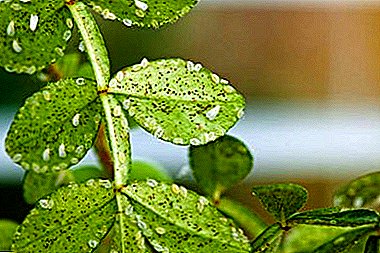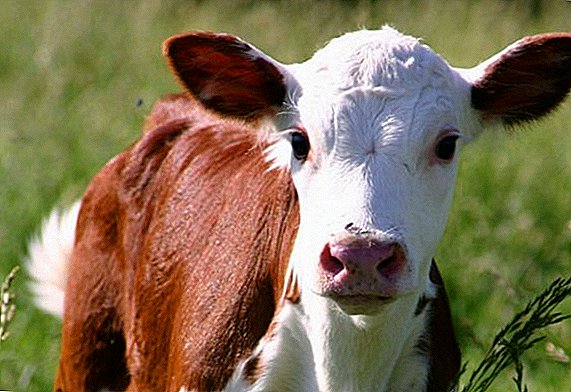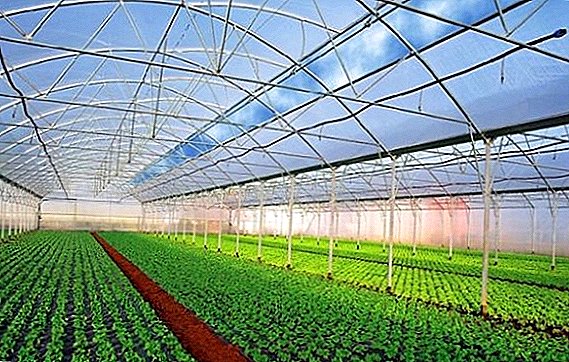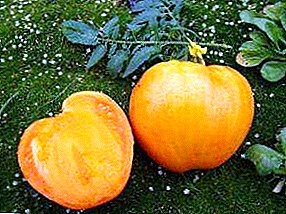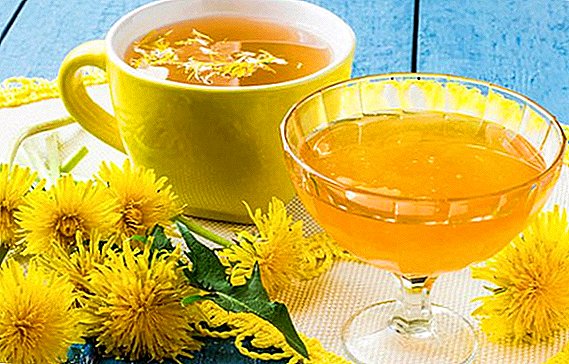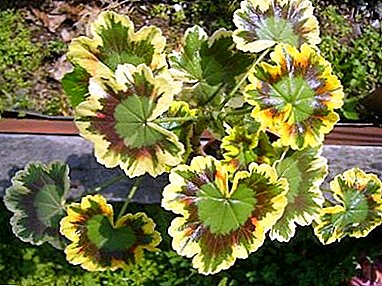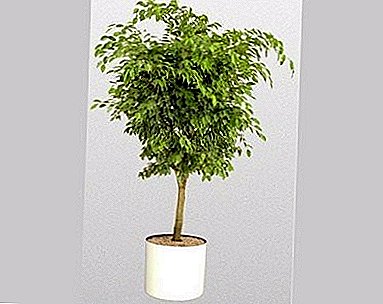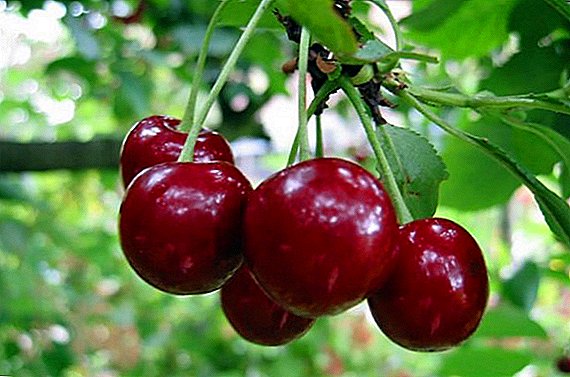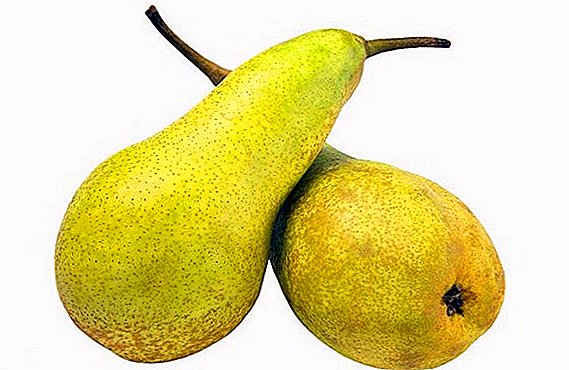
The French pear variety "Cure" is better known here as "Williams winter". Although the plant now lives far from its homeland, it is perfectly adapted. This variety produces large perennial trees with a dense crown and a rich harvest.
Breeding history
Variety pears "Cure" was not purposefully created using breeding. His seedlings were accidentally discovered in 1760 in France. They received their original name in honor of the cure (Catholic priest in French) Leroy, who first discovered this variety in the forest of Fromento and spread it. Later pears "Cure" were cultivated in Central Asia and Eastern Europe. 
This variety also has several other popular names: "Williams Winter", "Pastoral", "Large Winter" and others.
You will be interested to know about such representatives of pears as "Bryansk Beauty", "Dessert Rossoshanskaya", "Crimean Honey", "Hera", "Krasulya", "Kokinskaya", "Children", "Fairytale", "Duchesshe", " Northerner "," Bergamot "," Rogneda "," Veles "," Tenderness "," Century "," Chinese "," Dukhmyanaya "," Belarusian Late ".
Tree description
For cultivar "Kure" characteristic vigorous and perennial trees. They have a thick crown in the shape of a wide pyramid. The branches depart from the trunk at an acute angle, but over time a little subside under the weight of the fruit. The diameter of the crown can reach four meters. The bark on young trees is gray and smooth, but over time it becomes coarse, rough and cracked. The leaves are small, but rather thick and dense, round in shape, with small notches on the edges.
Did you know? For the first time, pears began to be cultivated more than three thousand years ago.
Fruit Description
Pears "Cure" there are two sizes of fruits: medium (up to two hundred grams) and large (up to three hundred grams). Fruits have an oblong, asymmetrical shape. The skin should be dull, smooth and fairly dense. At the time of harvesting pears "Cure" can be either golden green or light yellow. Subcutaneous points are numerous, but barely visible. One of the characteristics of the variety "Cure" is a brown strip that runs along the entire fruit. This should be considered when describing this type. Fruits also have a slightly curved stem of medium thickness. 
The flesh is usually very light, almost white, sometimes with a beige or yellowish tinge. It has a fine-grained texture, medium density and juiciness. The fruits of the "Cure" variety do not have a pronounced aroma, nor do they possess outstanding taste characteristics. In auspicious year, these fruits have a delicate sweet taste with a slightly sour taste. But if climatic and agrotechnical conditions leave much to be desired, pears will lose all sweetness and acquire a grassy aftertaste.
Did you know? In Ingushetia in 2013, one of the largest pears in the world was grown - her weight reached 1 kilogram of 7 grams.
Lighting Requirements
Pears "Williams Winter", like many of their brethren, really need enough not only sunlight but also heat. In the absence of the first, the tree will grow poorly and bear fruit, and if the second is lacking, it will yield a poorly marketable quality crop. 
To avoid this, you need to choose a suitable place for seedlings. The ideal option would be an elevated, but not prone to blowing area on the southwest side of the site.
Important! A tree can also have an additional source of heat if it is planted near the south side of the house.
Soil requirements
Best of all, the Cure variety develops on non-acidic soils. And because the ideal option would be clay or loamy soil, which should also be quite light. Otherwise, the tree will not give good yields. The growth and development of plants can also interfere with groundwater. Therefore, it is very important to ensure that they pass at a sufficient depth relative to the surface of the soil and the root system. Pears "Cure" does not fit too wet, marshy soil. In this regard, thawed and rainwater should not linger on the site where this variety grows.
Important! Pear variety "Cure", or "Williams winter", gives excellent results of growth and yield when the stock on the quince.
Pollination
Pollen varieties "Williams winter" sterile, which means that the plant is not capable of self-pollination. To do this, he requires neighbors pollinators in the same area. They must coincide in time of flowering and fruiting. For the Cure pears, the ideal variants of pollinators will be Williams Summer, Favorite Clapp, Winter Dean, Saint-Germain, or Olivier de Ser. 
Fruiting
The variety "Kure" is considered highly productive and brings a rich harvest with enviable regularity. However, he does not have the highest precocity. As a rule, trees give the first fruits in the fifth year after planting. Most often, the fruits are tied with bunches, or so-called clusters, and cling tightly to a branch, pulling it down with their weight.
Did you know? In China, sharing a pear is a bad omen. This may mean a quick separation from a dear person.
Flowering period
Despite the fact that the harvest "Williams winter" gives quite late, one of its characteristics is early flowering. The flowers are large, pure white. Pollen has a dark pink color.
Gestation period
According to the name, "Williams Winter" refers to early winter varieties of pears. Its fruits ripen in late fall.
Yield
After entering the reproductive phase, pears of the Cure variety produce a bountiful harvest. With the longevity of these trees, their yield over the years only increases. Twenty-five year old plants provide up to two hundred and fifty kilograms of pears per hectare. And for thirty years, "Williams Winter" is able to give up to six hundred kilograms of fruit per hectare. 
Transportability and storage
Pears "Cure" are harvested from trees that are not completely ripe to increase their shelf life. Under the right conditions of ripening, the fruits get a pleasant sweetish taste. At the same time, they very quickly begin to deteriorate. To slow down this process, you need to adhere to several important rules:
- all fruits should be dried in a natural way before storing the crop;
- Store pears best in a dark, damp and cool place. The cellar or basement of a private house is well suited for this;
- before loading the crop in the room should be made general cleaning and well-ventilated.
Resistance to environmental conditions and diseases
In general, the variety "Williams winter" is quite unpretentious to the environmental conditions. However, if you ignore all the desirable conditions for the maintenance of this plant, it will not give a good harvest.
Pears "Cure" have partial resistance to scab. However, this does not exclude the need for prevention, including from other diseases. You should also not forget about symptomatic treatment.
Drought tolerance
For trees of the Cure variety, one of the main qualities is drought resistance. They recover very quickly even after a long absence of water.
Resistance to weather
"Williams winter" has good resistance to cold. However, trees require additional measures to protect against spring frosts. After the winter cold, “Cure” pears are quickly restored and continue to bear fruit actively.
Fruit use
As mentioned earlier, fruit "Cure" do not have high taste. And because they are not suitable for compotes or for conservation. It is best to use them raw or processed into dried fruit, jam or urinating.
Advantages and disadvantages
For the final summing up, it is worth considering all the pros and cons of the Cure variety. 
pros
- High yield.
- Good winter hardiness.
- Unpretentious care.
Minuses
- Low taste.
- With increasing yields of fruit shallow.
- Quite a large tree, requiring space.
As can be seen from the description, pears of "Cure" variety do not possess outstanding properties. However, this variety is still a good option for industrial agricultural production due to its rich harvest and unpretentiousness. With proper care, they will show themselves well in your garden.


